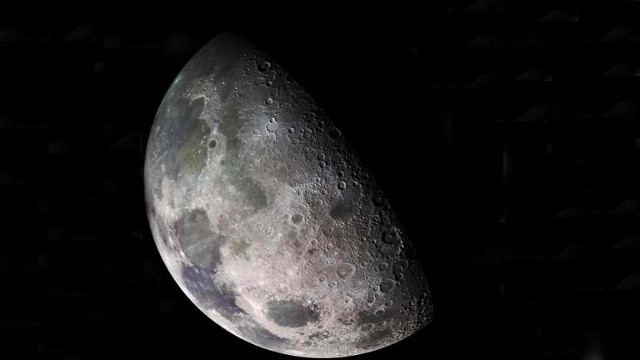SUMMARY
This is AI generated summarization, which may have errors. For context, always refer to the full article.

WASHINGTON DC, USA – German scientists said Thursday, June 5, that moon samples collected during the 1960s and 1970s have shown new evidence that the moon formed when a young Earth collided with another celestial body.
The smashup between an early form of Earth and a planetary body named Theia some 4.5 billion years ago is put forth by what scientists call the Giant Impact Hypothesis of moon formation.
While most experts support the notion, they say the only way to confirm such an impact is to study ratios between the isotopes of oxygen, titanium, silicon and others.
Until now, researchers studying lunar samples that arrived on Earth via meteorites have found that the Earth and moon were quite similar in makeup. (READ: Scientists date Moon at 4.470 billion years)
But using samples collected from the lunar surface by NASA’s Apollo 11, 12 and 16 moon missions, and more advanced scientific techniques, scientists found something new. (READ: NASA spacecraft to study Moon’s atmosphere)
“They were able to detect a slightly but distinctly higher composition of the oxygen isotope in the lunar samples,” said the study in the journal Science.
“This very small difference supports the Giant Impact Hypothesis of moon formation.”
According to theoretical models of the collision, the moon would have formed mostly from Theia, at between 70-90%, with some 10-30% coming from Earth. (READ: Moon may harbor alien minerals – study)
But researchers now say the moon could be a 50/50 mixture of Earth and Theia remnants, though more study is needed to confirm.
“The differences are small and difficult to detect, but they are there,” said lead author Daniel Herwartz of Georg-August-Universitat Gottingen.
“We can now be reasonably sure that the Giant collision took place.” (READ: ‘Goodnight, humans’: China’s Jade Rabbit moon rover posting)
The findings will be presented at the Goldschmidt geochemistry conference in California on June 11. – Rappler.com
Add a comment
How does this make you feel?
There are no comments yet. Add your comment to start the conversation.